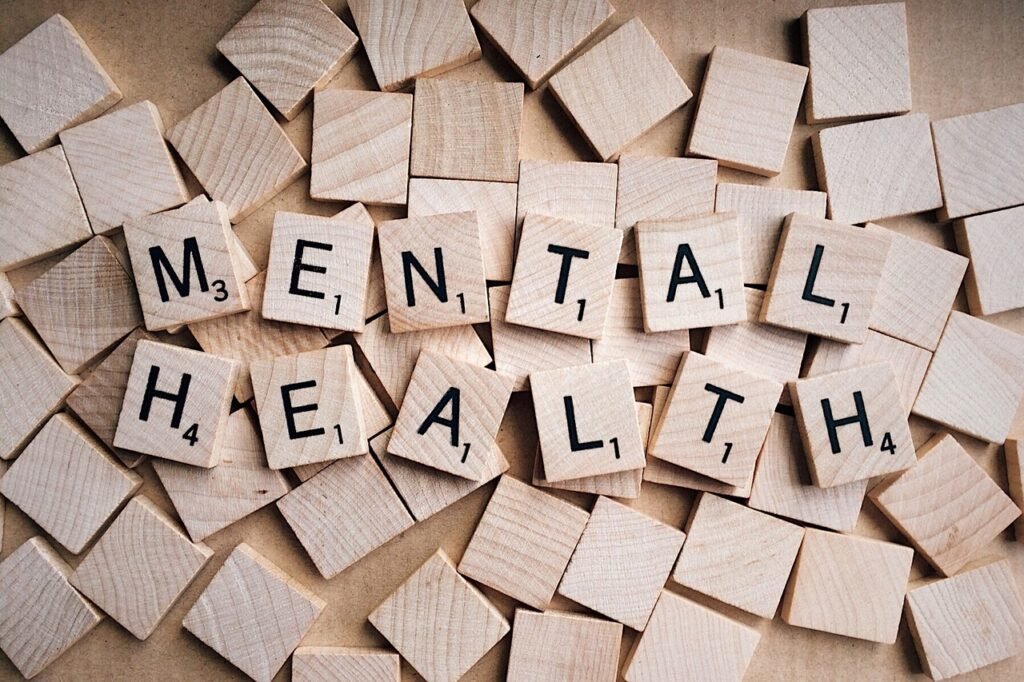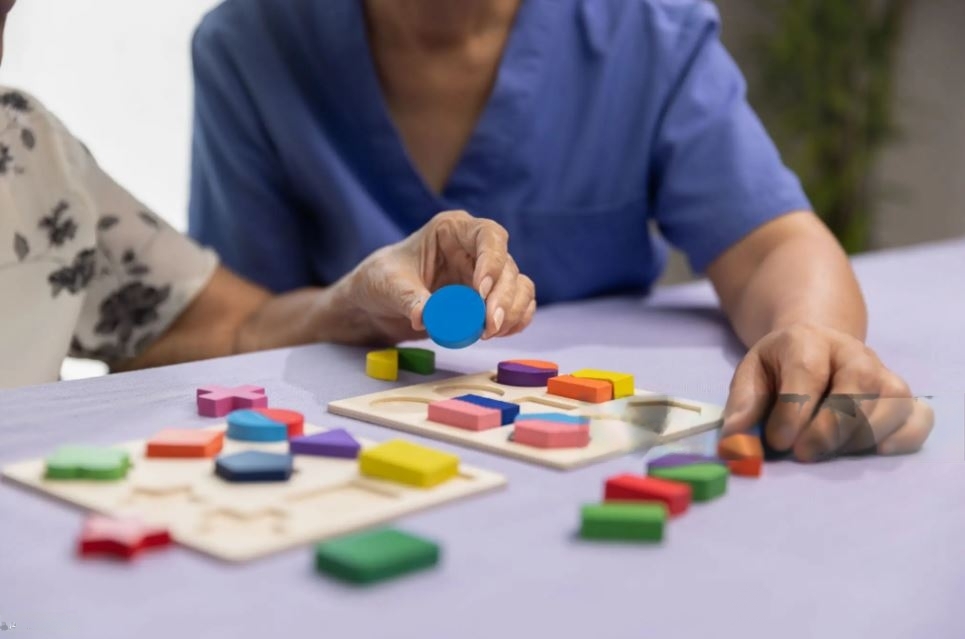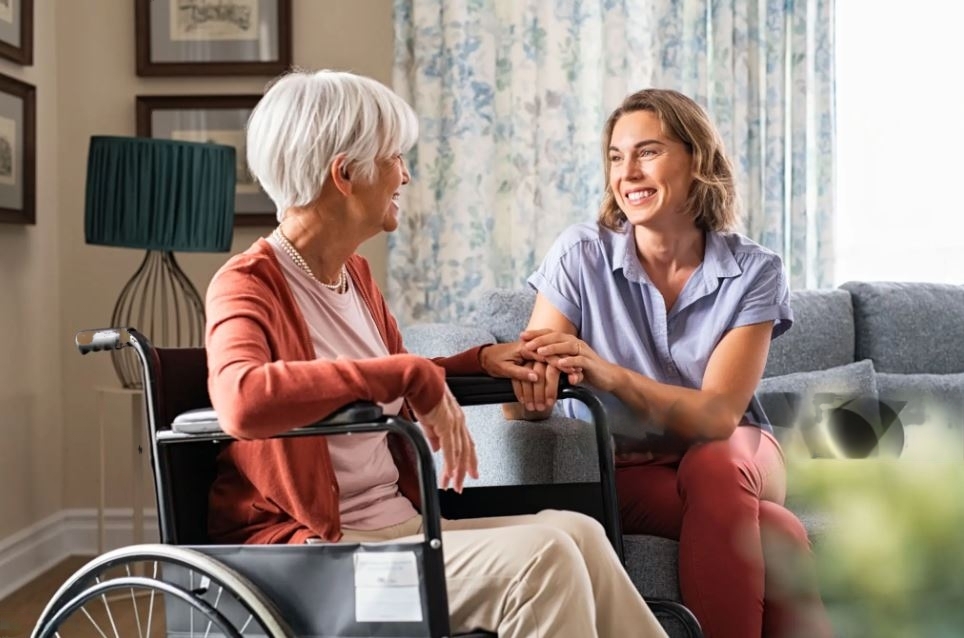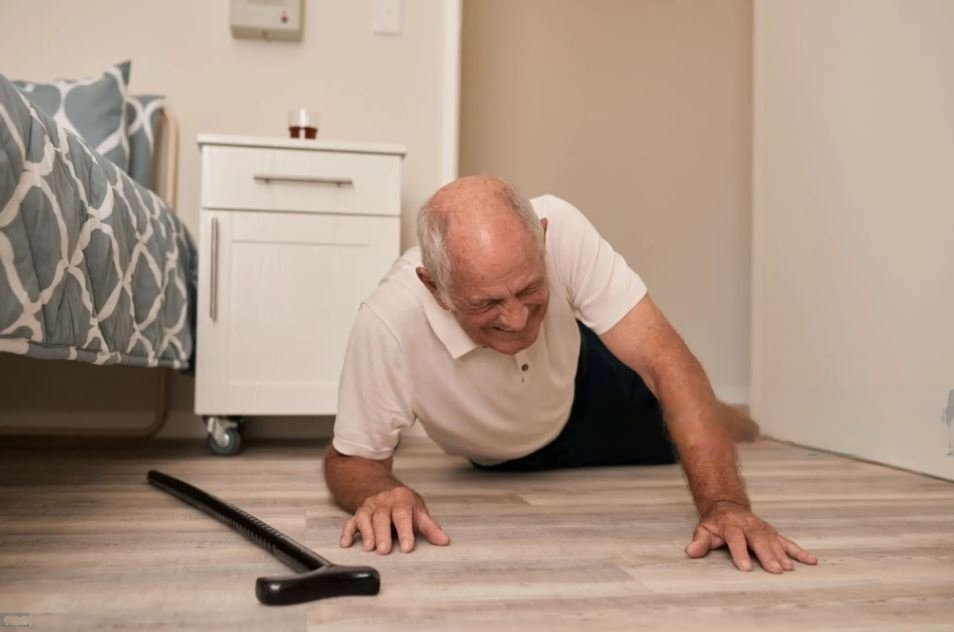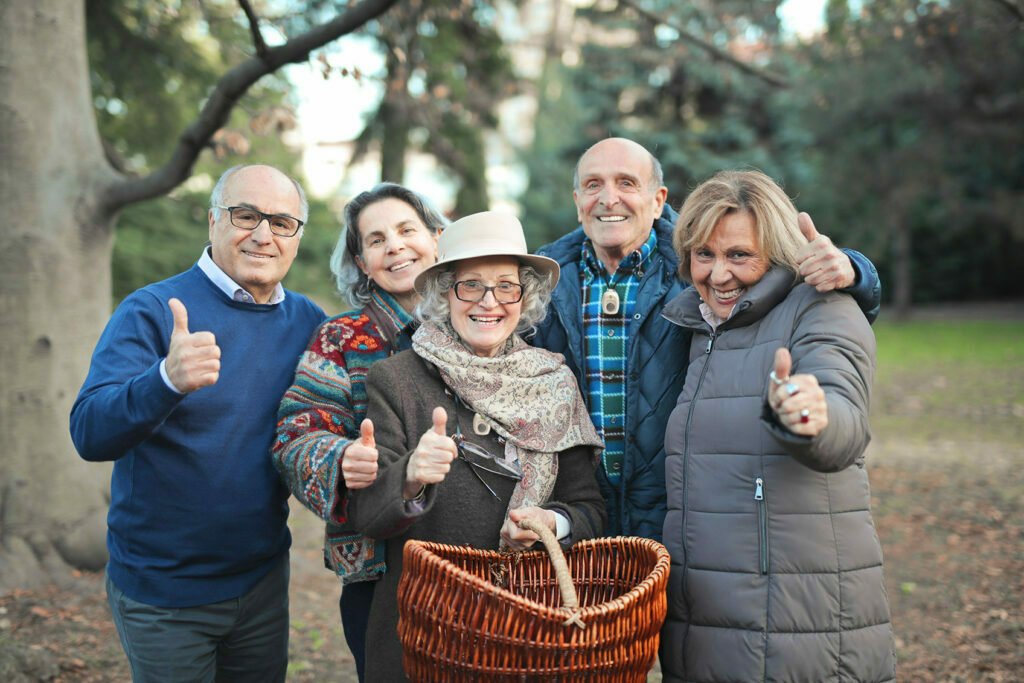Reducing the Fear of Falling for Seniors: A Comprehensive Guide
Introduction
Falls pose a significant threat to the well-being of seniors, leading to injuries and a diminished quality of life. Aging brings about a heightened risk of falling due to various factors such as muscle weakness, balance issues, and underlying medical conditions. The aftermath of these falls extends beyond the physical realm, encompassing emotional and psychological consequences, often manifesting as a pervasive fear of falling. This comprehensive guide aims to explore diverse strategies and tips designed to assist seniors in overcoming this fear, thereby enhancing their safety and overall well-being.
Understanding the Fear of Falling for Seniors
Before understanding Fear of Falling for Seniors and delving into strategies to alleviate the fear of falling, it is crucial to comprehend why this fear is so prevalent among seniors. Several factors contribute to this fear, including:
- Previous Falls: Seniors who have experienced falls in the past are more susceptible to developing a persistent fear of falling again.
- Physical Decline: Aging naturally results in a decline in physical abilities such as muscle strength and balance, leaving seniors feeling more vulnerable to falls.
- Medical Conditions: Chronic health issues, medications, and vision problems can significantly contribute to the fear of falling.
- Loss of Independence: Seniors may fear losing their independence if they become unable to perform daily activities without assistance.
- Social Isolation: Fear-induced isolation may cause seniors to miss out on the benefits of social engagement, further impacting their mental well-being.
Reducing the Fear of Falling for Seniors
- Stay Physically Active: Regular physical activity is crucial for maintaining strength, balance, and flexibility. Seniors should engage in exercises tailored to improve their physical condition, such as walking, swimming, and tai chi. A personalized exercise program designed by a physical therapist can address individual needs and concerns.
- Home Safety Modifications: Many falls occur within the home, making a safe living environment essential. Seniors and their caregivers should consider:
- Installing handrails and grab bars in critical areas like the bathroom and staircases.
- Removing tripping hazards such as loose rugs and clutter.
- Ensuring proper lighting, especially in hallways and staircases, to prevent missteps in dimly lit areas.
- Using non-slip flooring in bathrooms and kitchens to reduce the risk of slipping.
- Installing an emergency response system for quick assistance if a fall does occur.
- Medication Management: Certain medications may cause dizziness or drowsiness, increasing the risk of falls. Seniors should regularly review their medications with a healthcare professional to identify any side effects and make necessary adjustments.
- Regular Vision and Hearing Check-ups: Regular eye and ear examinations are crucial to ensure seniors can see and hear well. Impaired vision and hearing can contribute to falls, and wearing appropriate eyeglasses or hearing aids can significantly improve safety.
Psychological Support
Fear of Falling for Seniors and anxieties surrounding falling can be effectively addressed through counselling and participation in support groups. Many seniors find solace in sharing their experiences and learning from others who face similar challenges.
Fall Prevention Programs
Numerous communities offer fall prevention programs encompassing educational workshops, exercise classes, and safety assessments. Participating in such programs presents an excellent opportunity for seniors to address the fear of falling proactively and take steps to prevent Fear of Falling for Seniors.
As we continue our exploration of strategies to alleviate the fear of falling among seniors, it becomes evident that a multifaceted approach is necessary. The initial steps highlighted in the previous section address physical and environmental factors, but equally important is the consideration of psychological aspects and the cultivation of a supportive community.
Psychological Well-being and Social Support:
The Fear of Falling for Seniors often takes a toll on the psychological well-being of seniors, impacting their confidence and mental resilience. Addressing these concerns requires a holistic approach, including counselling and the development of a robust support system.
- Counselling Services: Seeking professional counselling can be instrumental in helping seniors cope with their fear of falling. Trained therapists can employ cognitive-behavioural techniques to challenge negative thought patterns and instil a more positive mindset. Additionally, counselling provides a safe space for seniors to express their fears and anxieties, fostering emotional well-being.
- Support Groups: Joining support groups specifically tailored for seniors dealing with the fear of falling offers a sense of community and shared understanding. Seniors can exchange experiences, coping mechanisms, and encouragement, creating a supportive network that diminishes the sense of isolation often associated with this fear.
- Mindfulness and Relaxation Techniques: Introducing mindfulness and relaxation techniques can contribute to reducing anxiety associated with the fear of falling. Practices such as deep breathing, meditation, and gentle yoga can promote emotional balance and resilience.
Advanced Fall Prevention Strategies:
Beyond the fundamental steps outlined earlier, there are additional strategies that can further enhance fall prevention efforts for seniors.
- Footwear Considerations: The choice of footwear plays a crucial role in preventing falls. Seniors should opt for shoes with non-slip soles and proper support. It’s essential to regularly check and replace worn-out shoes to maintain optimal safety.
- Regular Health Check-ups: Comprehensive health check-ups, including bone density assessments, can help identify potential risks and allow for early intervention. Addressing conditions such as osteoporosis can significantly reduce the likelihood of fractures in the event of a fall.
- Nutrition and Hydration: Maintaining proper nutrition and hydration is fundamental to overall health and can contribute to fall prevention. Adequate calcium and vitamin D intake support bone health, while hydration ensures optimal cognitive and physical function.
- Environmental Awareness: Seniors should cultivate a heightened awareness of their surroundings. Simple measures such as paying attention to changes in terrain, uneven surfaces, and potential obstacles can go a long way in preventing accidental falls.
Encouraging Independence and Confidence:
A key aspect of addressing the fear of falling is promoting independence and instilling confidence in seniors. This involves empowering them to actively participate in their own well-being.

- Personal Emergency Response Systems (PERS): Personal emergency response systems can provide seniors with a sense of security. These wearable devices allow them to call for help in the event of a fall or emergency, providing prompt assistance and minimizing the impact of a potential fall.
- Gradual Exposure: Seniors can gradually expose themselves to activities that may trigger their fear of falling. Starting with low-risk activities and progressively increasing difficulty fosters a sense of accomplishment and builds confidence over time.
- Regular Health Assessments: Regular health assessments, including vision and hearing tests, can help seniors stay proactive about their well-being. Addressing any emerging issues promptly contributes to overall fall prevention.
Family and Caregiver Involvement:
The involvement of family members and caregivers is crucial in creating a supportive environment for seniors. Communication and collaboration are key in ensuring the well-being of older adults.
- Open Communication: Maintaining open communication with seniors about their concerns and fears is essential. This dialogue allows for a better understanding of their specific needs and enables family members and caregivers to provide targeted support.
- Educating Caregivers: Caregivers should be educated on fall prevention strategies and trained in assisting seniors with mobility challenges. Understanding the specific needs of the individual enables caregivers to create a safe and supportive living environment.
Conclusion:
In conclusion, addressing the fear of falling among seniors requires a comprehensive and collaborative approach. By combining physical, environmental, psychological, and community-based strategies, we can create an environment that empowers seniors to live independently and confidently. Each individual is unique, and tailoring interventions to specific needs ensures a more personalized and effective approach to fall prevention.
Remember, the journey towards reducing the fear of falling is not a one-size-fits-all endeavour. It involves ongoing assessment, adaptation, and a commitment to promoting the well-being of our senior community members. As we implement these strategies, we contribute not only to fall prevention but also to fostering a society that values and supports the dignity and independence of our ageing population.
More From our Library
The Complex Connection: How Does Mental Health Affect Identity?
Cold Winter Challenge: Safeguarding Seniors and Disabled Individuals in Canada 2024
The Emotional Impact of Best Senior Emergency Alert System
Navigating the Challenges of Dementia Care: Senior Caregiving Tips and Strategies
Balancing Self-Care For Caregivers: Tips for Caregivers
Effective Communication in Senior Caregiving: Tips for Strengthening Relationships 2023
Contact Us
Our team is ready and available to help you find the right solution. Fill out the form to receive a callback or contact us:




